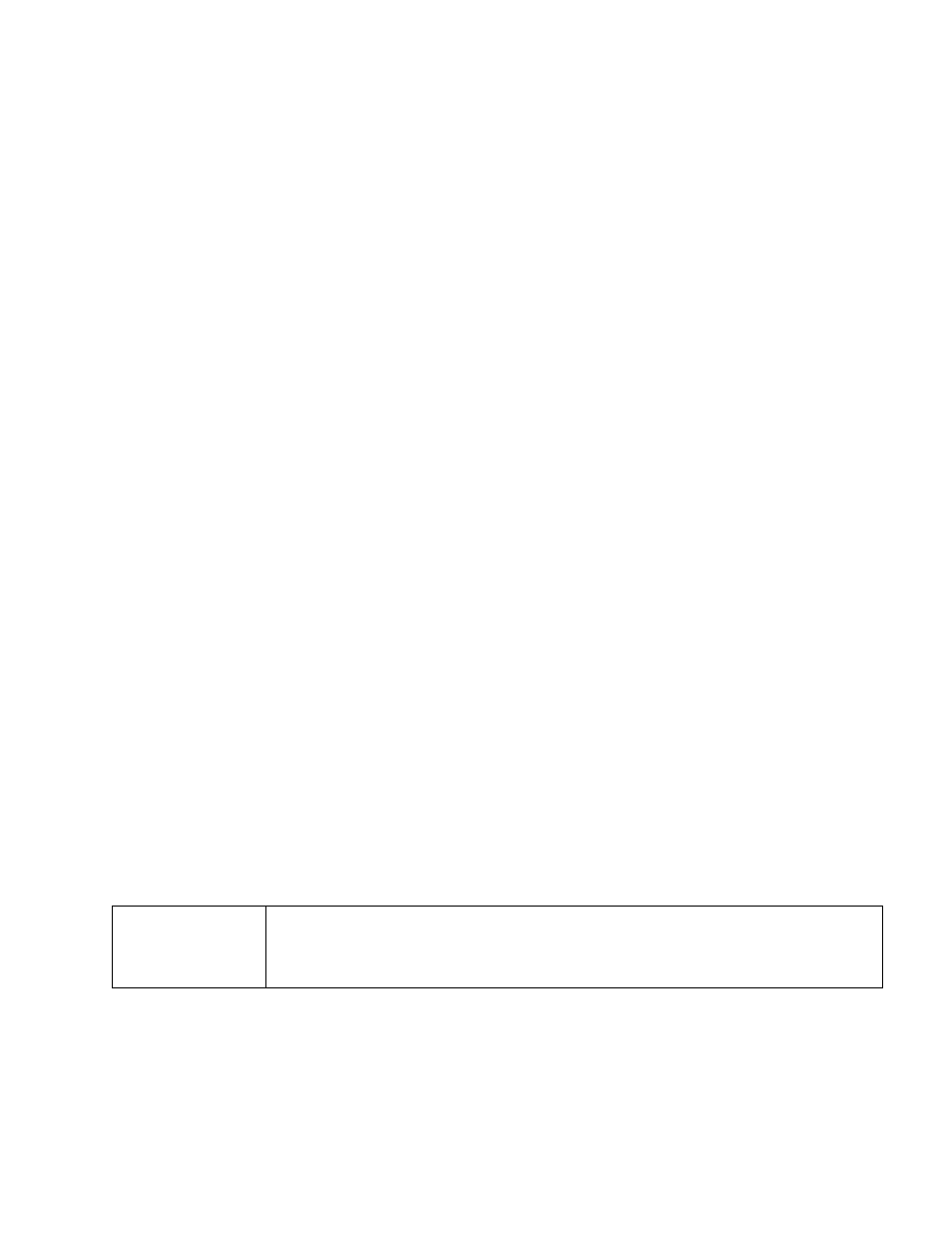Appendix a: u.s. duct leakage factors, Leakage class, 1 leakage class – Retrotec Commercial 441 and 451 DucTester User Manual
Page 33

Page 33 of 56
©Retrotec Inc. 2015
Appendix A: U.S. Duct Leakage Factors
When testing, these factors may have to be calculated prior to the test. I some cases, this calculation is
done by the design engineer so the tester only has to supply leakage values.
8.1
Leakage Class
Leakage classification identifies a permissible leakage rate in cfm per 100 square feet of duct
surface according to the relationship C
L
= F / P
0.65
.
F is the leakage rate in CFM/100 sq ft of duct surface area and varies with pressure.
P is the pressure.
C
L
is the Leakage Class
If, at the specified test pressure, the leakage factor (F), by test, is lower than or equal to that
associated with the specified leakage class, the duct is in compliance. Alternatively, if the leakage
constant (C
L
) determined from tests is lower than or equal to the specified leakage class, the duct is
in compliance.
Assignment of leakage classes involves careful consideration of system size, duct location,
sealing and construction class. Arbitrary assignment of an allowable % of leakage in disregard of
these factors can indicate unobtainable results. A ½% allowance, for example, on a 3900 cfm system
with 1300 sq ft of duct or on a 39,000 cfm system with 13,000 sq ft of duct would mean an
unrealistic leakage factor of 1.5 cfm/100 sq ft in each case. Similarly, arbitrary assignment of 10″ wg
class construction for a system operating at 1″ wg in order to get leak class 3 rectangular duct
would not be cost effective. Assigning a leakage class 3 to a 1″ wg rectangular duct system may
address an achievable result but the associated difficulty and costs will be excessive. Table 4-1
represents the leakage expected using Seal Classes A, B, and C as indicated on duct construction of
the types typically selected for each pressure class. Conceivably Seal Class B or A could be applied at
construction pressure classes lower than indicated in Table 4-1. However, unless joint type, seam
type, duct wall thickness and specific sealing method were already collectively prequalified by tests
(or by an acceptable experience record at a higher pressure) leakage rate is less predictable. The
benefits of setting allowable leakage rates lower than shown in Table 4-1 should be carefully
weighed against the costs of achieving them.
Leakage Class, C
L
C
L
= F (leakage rate in CFM/ 100 sq ft) divided by the Pressure in in WC to the 0.65
Power. C
L
= F / P
0.65
Leakage Constant is an equivalent term.
